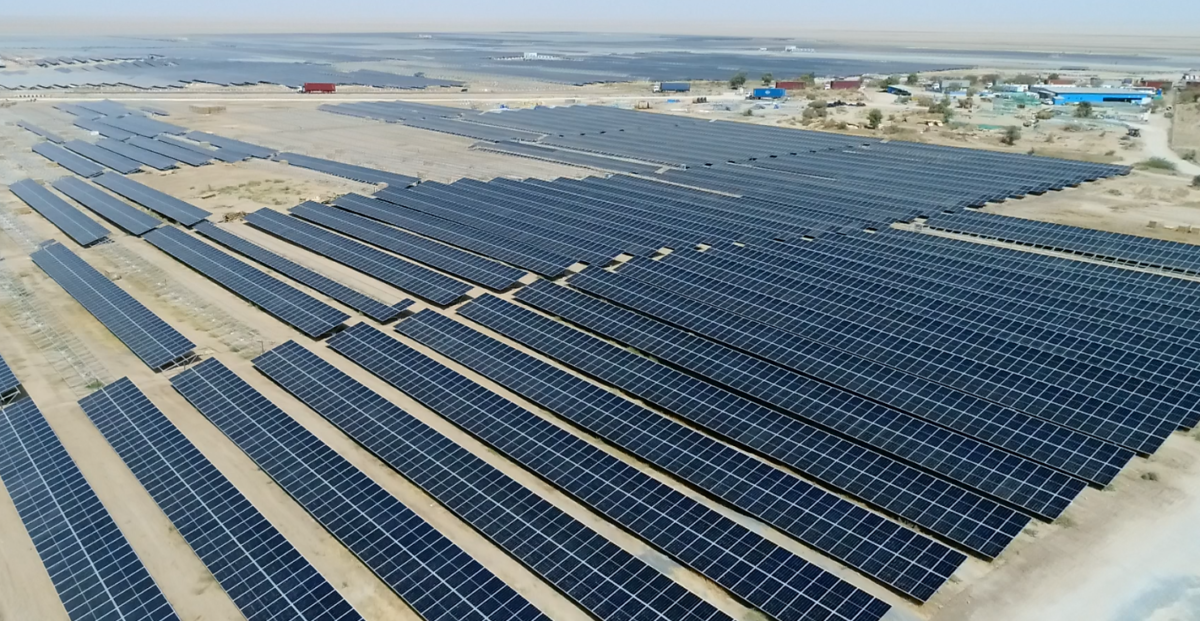The energy crisis in China has affected solar project costs in India as the latter is heavily dependent on Chinese components for its PV installations.
Manjesh Nayak, co-founder and chief financial officer at Oorjan Cleantech, says PV project costs in India have gone up 10-15%, causing an increase in power purchase agreement (PPA) tariffs for solar electricity of around INR0.20-0.30.
“The shortage of coal, and power-rationing in China has heavily impacted [Chinese] production lines and schedules, leading to upward pressure on the prices of solar hardware and uncertainty around delivery timelines. Since the Indian solar hardware brands are heavily reliant on Chinese imports, like solar cells, wafers, and inverter hardware, the domestic hardware industry has also got negatively affected,” said Nayak.
pv magazine Roundtables USA
The Indian price increase comes at a time when PV developers are rushing to complete projects delayed by Covid lockdowns and also trying to take advantage of a duty-free window of opportunity between the expiry, at the end of July, of a safeguarding levy applied on Chinese, Thai and Vietnamese imports, and the application of basic customs duty on solar products, which will be introduced from April 1.
“Consumers are caught in a catch-22 situation because of the proposed 40% basic customs duty back in India, and the [raised] GST [general sales tax] rates on one hand, and the uncertainty on the Chinese supply side on the other,” said Nayak.
The solar developer has called for an urgent geopolitical intervention to ease the pressure on installers, such as by easing imports from non-Chinese original equipment manufacturers and deferring application of the customs duty on solar.
Coal
India has recently ramped up coal-fired power to avoid the sort of industrial black-outs which have been applied in China, with domestic coal supply increased despite the heavy rains in August and September which hindered mining activity; a steep rise in demand for electricity driven by the Covid-19 recovery; and increasingly more expensive coal imports.
The cost of imported coal is relevant as domestic supplies of the fuel can meet only 60-65% of annual demand in a nation which still depends on the polluting fossil fuel for around 70% of its power generation. The ramp up in coal production and use will have come at an awkward moment for the representatives India has sent to the COP26 climate change summit which opened in Glasgow this week.
“Power demand in India increased from August 2021 onwards as the country recovered from the second wave of the Covid-19 pandemic,” stated a recent report issued by ratings agency Care Ratings. “Power demand has been surging since June 2021, with peak demand crossing 200 GW in July 2021. Power consumption for the period August 2021 and September 2021 increased from 106.6 BU [billion units] per month in 2019 ([a] pre-Covid year) to 124.2 BU per month in 2021. While power demand grew, the coal-based power plants (in India) could not stock up on the coal inventory ahead of the monsoon season due to a sharp increase in the international coal prices, as well as freight rates. This put pressure on these power plants to meet the increased power demand as the country ramps up … economic activity with increased vaccination and complete opening up of businesses, post the second wave of the Covid-19 pandemic in April 2021.”
The alternative
Pinaki Bhattacharyya, managing director and chief executive of developer Amp Energy India, said the situation requires the Indian government to accelerate the deployment of renewables instead, and said the authorities should help renewable energy generators by reversing the planned increase in taxes and duties to enable them to immediately deploy the 20 GW backlog in project capacity and make much-needed power available.
“Also, it should be a wake-up call for discoms [electricity distribution companies] and corporates to immediately sign renewable PPAs and PSAs [power sale agreements], and [for] consumers to tie up long-term [renewables generation] capacity at predictable prices as a hedge against increasing coal prices and short-term power markets … as the renewable energy costs will keep rising, so now is the right time to lock in long-term renewable power.”
This content is protected by copyright and may not be reused. If you want to cooperate with us and would like to reuse some of our content, please contact: editors@pv-magazine.com.









1 comment
By submitting this form you agree to pv magazine using your data for the purposes of publishing your comment.
Your personal data will only be disclosed or otherwise transmitted to third parties for the purposes of spam filtering or if this is necessary for technical maintenance of the website. Any other transfer to third parties will not take place unless this is justified on the basis of applicable data protection regulations or if pv magazine is legally obliged to do so.
You may revoke this consent at any time with effect for the future, in which case your personal data will be deleted immediately. Otherwise, your data will be deleted if pv magazine has processed your request or the purpose of data storage is fulfilled.
Further information on data privacy can be found in our Data Protection Policy.